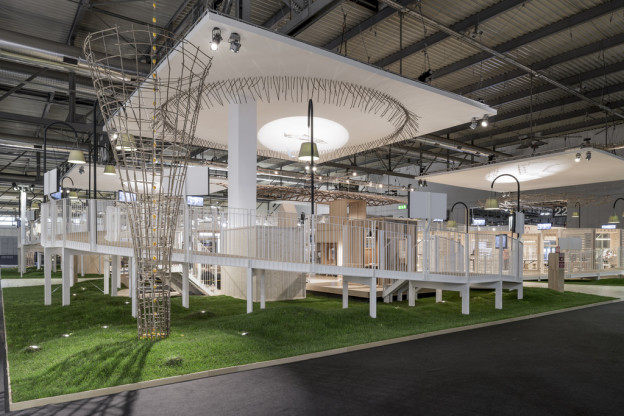Michele De Lucchi’s great installation went on show from 14th to 19th April at the Rho Milan Fairgrounds, animating Pavilions 22 and 24 of Workplace3.0 – the innovative exhibition dedicated to design and technology for planning workspaces – with design suggestions and ideas.
“Walking helps keep anxieties and worries at bay” – says Luca Gianotti, author of “L’arte del camminare. Consigli pratici per partire con il piede giusto” (The Art of Walking – Practical advice for setting off on the right foot) – and reconcile mind and body.” According to Wu Ming 2, “the art of walking is a visual art that confers the ability to look at the world differently.” These concepts have informed world-renowned Italian architect Michele De Lucchi’s installation “The Walk”, a circular never-ending path through the labyrinthine meanderings of the workplace, which puts the stress on the importance of moving about even when in the office in order to spark the crucial stimulus for the creative process.
The installation, intended to indicate four parts of office life, was split into the following themed areas: Club, Free Men, Agorà and Laboratory.
The Club is a sort of communication platform, where priority is given to socialising and interchange and the space is pleasantly informal, while being organised in such as way as to favour all possible forms of working. The space is reminiscent of welcoming hotel reception rooms or airport lounges, which also offer a cup of coffee or a bite to eat.
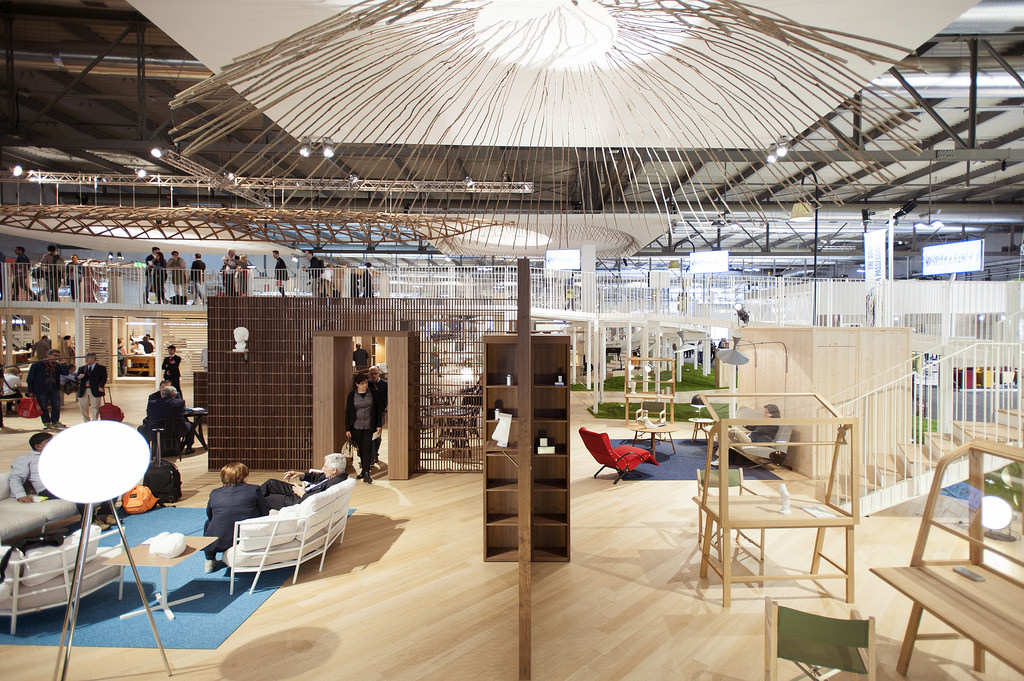 Photo: Carola Merello
Photo: Carola Merello
Free Men is a workspace designed for individual or group working, and should serve to promote the exchange of ideas and skills – on which the creative productive process is founded – while fostering the correct balance between “me” and “us.” Nourishing the creativity of individuals is actually just as important as developing potential for group work, and relational context has a fundamental role to play in both processes. This themed area is characterised by many small structures, private spaces for meeting colleagues, writing, analysing, weighing things up alone or with others, and people are free to use their workspace as best suits them.
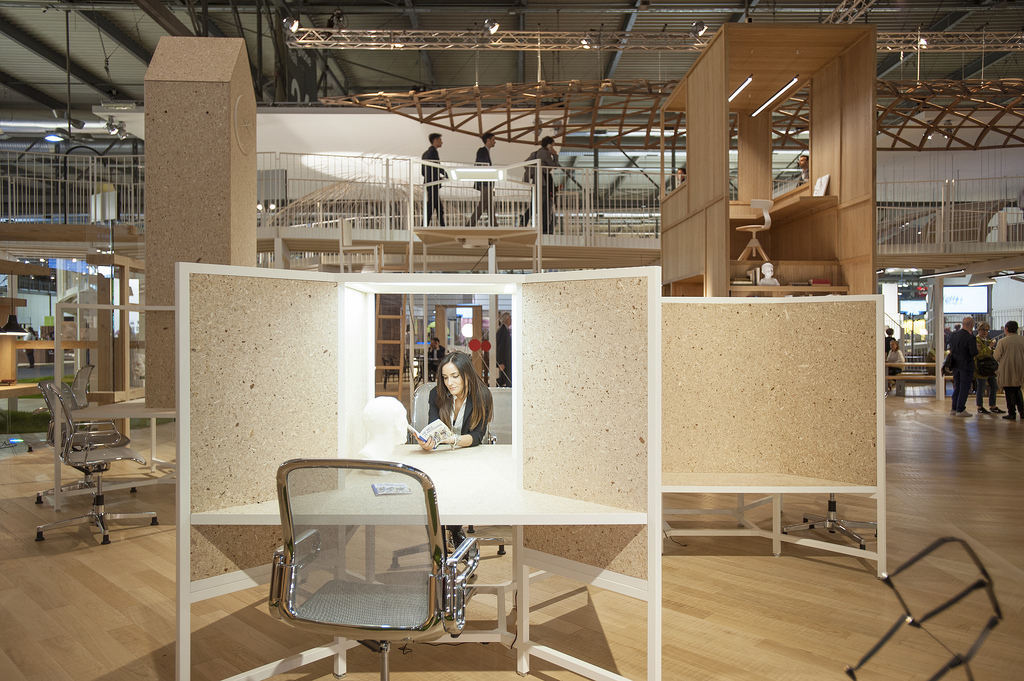
Photo: Carola Merello
Agorà is a pavilion designed to cater for meetings: conferences, presentations, screenings, exhibitions, shows and special events. A place in which various types of meetings can be held, individual ideas presented and those of other people aired, enabling people to play their own particular role in the theatre of life, while fostering an all-important sense of community. It can also become a workspace in which tables and chairs can be arranged for group work.
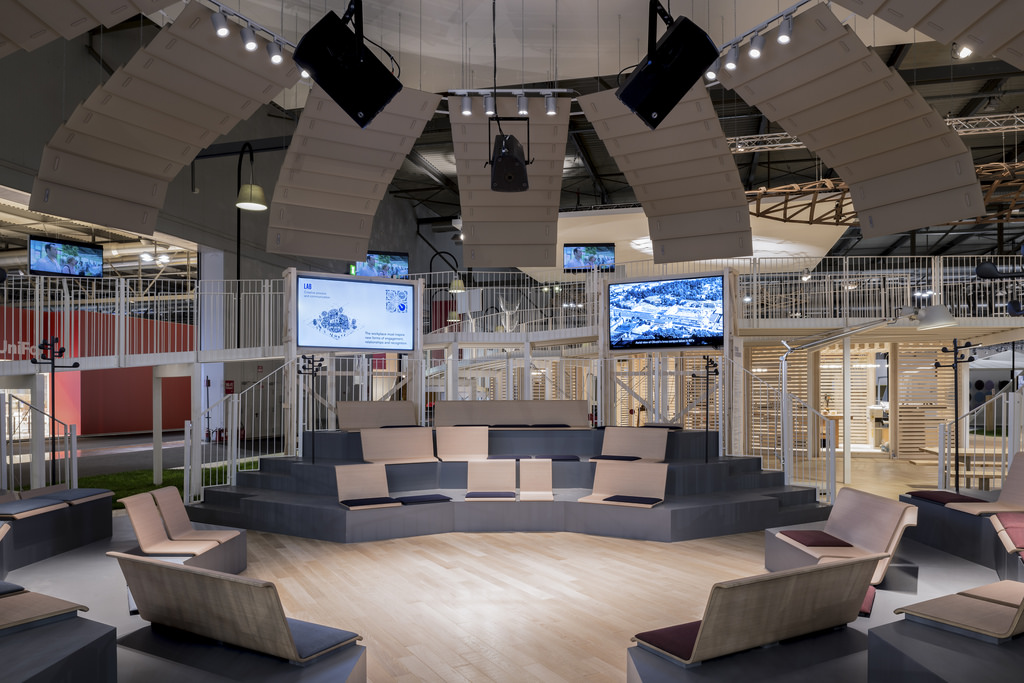
Photo: Saverio Lombardi Vallauri
Finally, the Laboratory is where the creative process takes shape, culminating in documents, presentations and 3D prototypes, images, software and applications. It is the area devoted to designing, exploring new tools and instruments, making up images and documents, where ideas and thoughts actually take shape and differing processes contribute to the consolidation of the community.
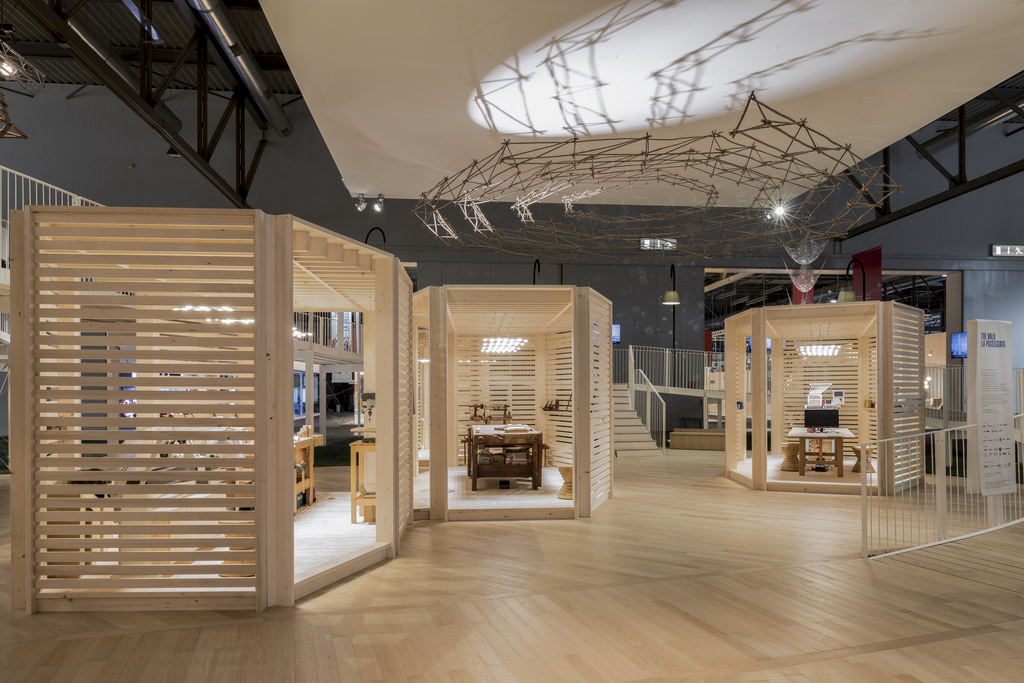
Photo: Saverio Lombardi Vallauri
